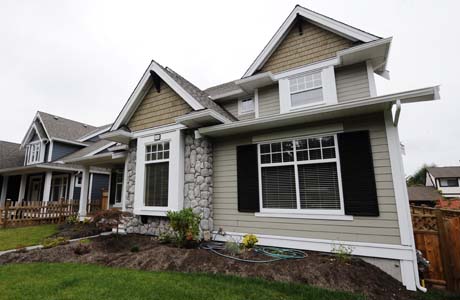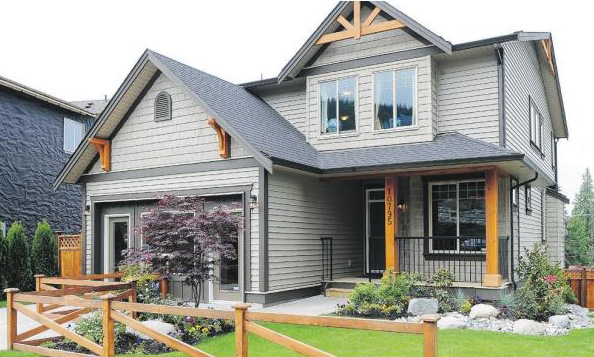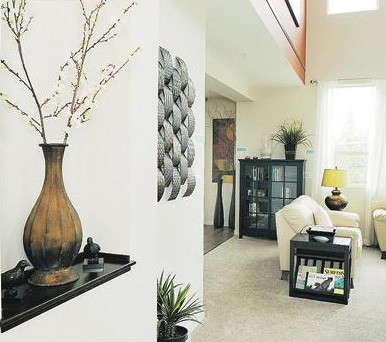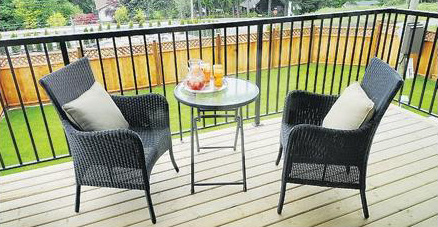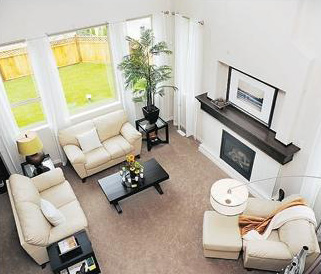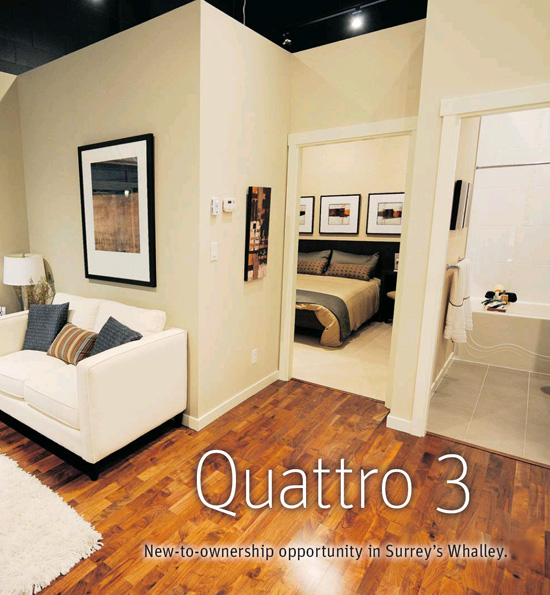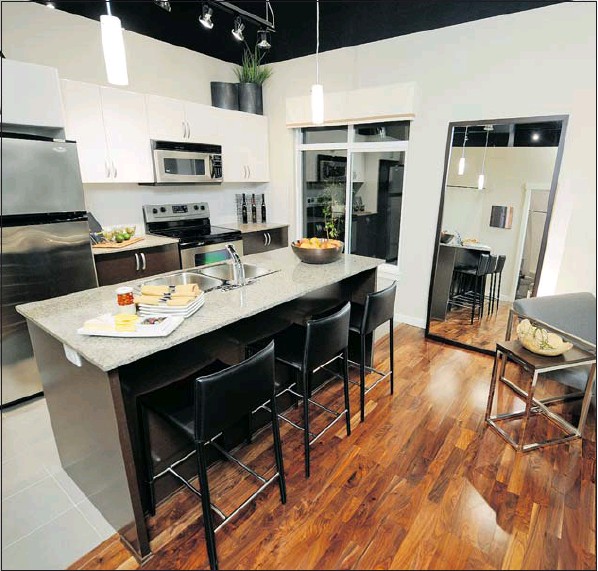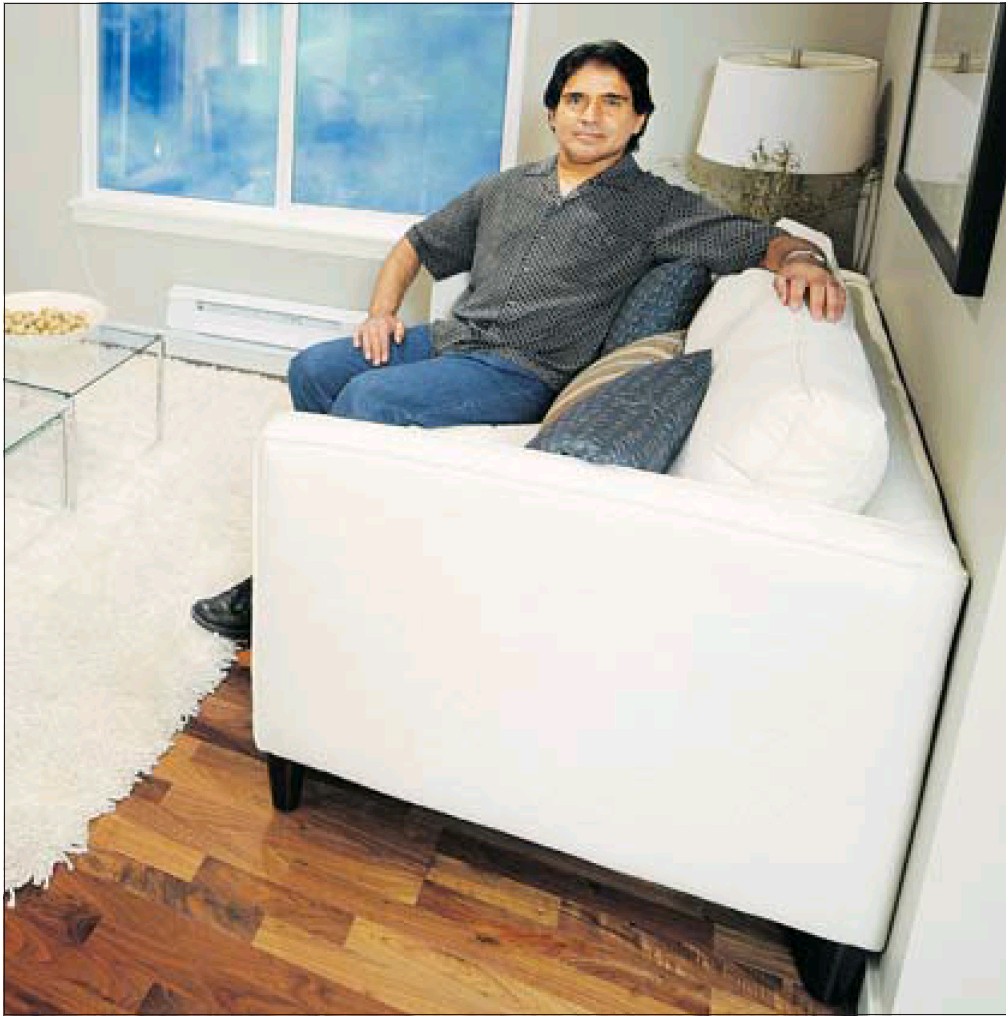When guests skip on daily service or clean towels, staff get fewer shifts and work harder
Cheryl Chan
Province

The Bayshore hotel in Vancouver has a ‘green’ initiative that invites guests to go without daily housekeeping in return for vouchers or loyalty points. Photograph by: Jon Murray, PNG, The Province
When Brigida Ruiz opened the door to a “green” hotel room that hadn’t been cleaned for several days, she says her heart sank at the sight of the dusty, stained carpet.
“Can you imagine how a room gets after one week without cleaning service?” says Ruiz, who has worked as a hotel-room attendant for 18 years at the Sheraton Centre Toronto.
“It’s dirty, filthy. Really stinky.”
Ruiz says it took her longer to clean the room and she used more electricity, more water and more cleaning products than she normally would — hardly a save-the-planet exercise, she argues.
But that’s exactly what the U.S.-based Starwood Hotels chain is touting with its “Make a Green Choice” program, which invites guests to “conserve natural resources” by declining daily housekeeping in return for 500 loyalty points or $5 in food and beverage vouchers a day.
The green initiative, rolled out last summer in 140 Starwood hotels across North America — including at least five properties in Metro Vancouver — has hotel workers and their union seeing red.
They say the program is a bogus green plan that does nothing for the environment. But it does result in reduced shifts and more work for housekeeping staff, says Michelle Travis of Unite Here Local 40.
The union represents about 8,000 hospitality workers in B.C., including Starwood’s Westin Bayshore in Coal Harbour and the Sheraton Vancouver Airport in Richmond.
“This has been a real problem for housekeepers for the hotels,” says Travis.
“It’s just a cost-cutting measure on the part of the hotel employer.”
The Westin Bayshore defended the “Make a Green Choice” program in a statement emailed to The Province.
The program helps “hotels save energy and reduce water and chemical use” and has saved more than 31 million litres of water, 38,000 kilowatts of electricity and 42,000 litres of chemicals across the Starwood chain in its first six months, the statement said.
An estimated 4.5 to five per cent of guests at the Bayshore avail themselves of the program, compared to eight per cent companywide, says hotel spokesman Mitchell Fawcett.
The Bayshore was unable to say exactly how much water and electricity it has saved, Fawcett says.
“Since it’s been such a short time, we’re still assembling property statistics and don’t have a full tally we can share at this point,” he says.
One room attendant at the Bayshore, who asked that her identity not be published for fear of repercussions in the workplace, says she doesn’t see how the program — dubbed the “fake green-card program” by critics — is environmentally friendly.
“It doesn’t save the environment. But it’s bad for us, because we are losing hours and there’s more work,” she told The Province.
If 45 rooms opt out of housekeeping in a day, three staff members lose their shifts, says the 18-year employee.
But by the time workers finally clean a “green” room, the rooms are messier, the garbage stinkier and the towels are “like a mountain,” she says.
They also take longer to clean, forcing workers to rush the job in order to meet their daily quota, she says.
Sometimes, guests who turn down housekeeping still ask workers to bring them coffee, clear their garbage or make their beds, she adds.
And while guests are officially allowed a maximum of three straight days before their rooms are cleaned, in practice, Ruiz says, guests at her Toronto hotel sometimes do not have their rooms cleaned for longer periods of time.
Other hotels that have implemented the program include the Westin Grand, the Sheraton Vancouver Wall Centre and the Westin Wall Centre in Richmond.
Two other Starwood properties — the Four Points by Sheraton in Richmond and the Sheraton in Guildford — do not offer the opt-out.
Hospitality-industry experts say the program has environmental benefits, but agree there is no doubt the move also saves the hotel money.
“They won’t need as many housekeeping staff, and that’s a serious cost,” says Heather Ranson of the University of Victoria.
Rachel Dodds, associate professor of hospitality at Ryerson University in Toronto, says hotel guests are usually hedonistic creatures who overuse resources when checked in to a hotel, even if they lead a more environmentally conscious lifestyle at home.
“You go on holiday and that entire collective [approach] goes out the window,” says Dodds.
She says the hotel should be commended for trying to reduce its environmental footprint — especially since hotels, just behind hospitals, are the most wasteful and consumptive buildings — but agrees there is a social impact that’s not being considered by the program.
Ranson believes the opt-out is the latest example of an industry trend that’s seen airlines cut down on meals and amenities offered to customers in exchange for lower costs.
But she is skeptical about how popular the program will be at the Bayshore, whose clientele might not be easily swayed to give up perks.
“There will be a fair bit of resistance from their luxury guests who might not be brought off by coupons and points,” she says.
A further problem? The program confuses guests who really want to make a difference, says Unite Here’s Travis.
“Guests don’t realize this particular program has a negligible impact on the environment but a detrimental impact on housekeepers,” she says.
Adds Ruiz: “If we are talking about saving the environment, then let’s do it the right way.”
Meanwhile, Travis says the issue will likely be discussed at ongoing contract negotiations between the union and the Greater Vancouver Hotel Employers Association, which represents the Bayshore, as well as the Four Seasons, the Hyatt Regency Vancouver and the Renaissance Vancouver Harbourside.
© Copyright (c) The Province

